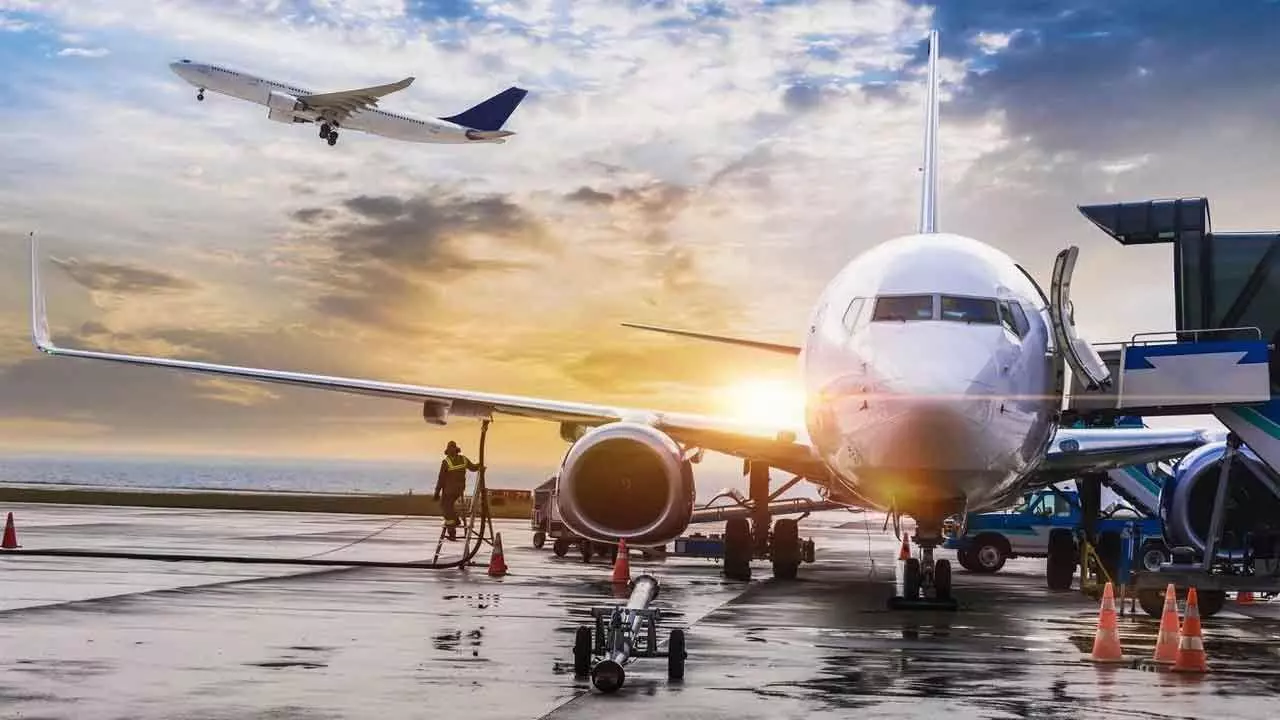Travel Safely In Uncertain Times
Most significant risks for business, leisure travelers in 2025 arise from geopolitical tensions and digital challenges
Travel Safely In Uncertain Times

The trend of ‘Coolcationing’, traveling to cooler destinations, is gaining popularity alongside a growing interest in sustainable tourism
What will travel look like in the second half of 2025? One thing is sure: the effects of climate change are becoming increasingly evident, significantly altering travel behaviors. More and more travelers are opting for cooler destinations (Coolcationing), while others seek to visit places at risk of disappearing (Last-Chance Tourism).
According to Safeture, the leading technology platform for travel risk management, and Riskline, a global expert in travel risk analysis and content provision, beyond climate-related changes, the most significant risks for business and leisure travelers in 2025 arise from geopolitical tensions and digital challenges. In their latest annual forecast, ‘Foresight 2025’, these global specialists in professional travel risk management and analysis provide a comprehensive outlook.
While visa regulations in Asia are being relaxed, opening up new growth opportunities, geopolitical tensions in other regions are creating additional challenges for travelers. The ongoing Israel-Hamas conflict and uncertainties in Europe will continue to affect flight routes in 2025. Travelers should prepare for unexpected route changes and extended flight times.
Following India’s ‘Operation Sindoor’ in response to the Pahalgam tragedy, Pakistan made desperate attempts to hit back at India by launching missiles on several Indian bordering states. However, those attempts were successfully foiled by the Indian armed forces.
Although no official war announcements have been made, conflict between the two nations have intensified. Along with this, several rumours are being circulated online, crating confusion and panic among citizens. Here’s a brief guide on do’s and don’ts to follow amid such critical times.
Stricter border controls are also expected in Europe. New systems such as the Schengen Entry/Exit System (EES) and the European Travel Information and Authorization System (ETIAS) will increase administrative burdens for travelers. Meanwhile, persistent conflicts, such as those in Ukraine and on the Korean Peninsula, continue to exacerbate security risks. The impact of climate change on the travel industry is profound. Increasing heatwaves, floods, and storms are influencing destination choices. The trend of ‘Coolcationing’, traveling to cooler destinations, is gaining popularity alongside a growing interest in sustainable tourism. Another significant trend is ‘Last-Chance Tourism’, where travelers aim to visit places threatened by irreversible climate damage. Domestic travel is also becoming a more environmentally friendly alternative to international trips.
The travel industry increasingly leverages digital technologies, such as biometric border controls and AI-driven travel planning. While these innovations enhance efficiency, they also introduce new cyber risks. IT outages and targeted cyberattacks have the potential to disrupt travel significantly.
The digital transformation of travel is revolutionizing the way we experience the world. However, it also introduces new challenges and risks. A thoughtful approach to technology and strong security measures are crucial to ensure traveler safety.
Health threats from emerging viruses such as Mpox and Marburg and climate-related diseases remain a significant concern in 2025. Climate change introduces new health risks in tropical regions, including water shortages and spreading diseases like cholera. Companies must continue to adapt their health strategies to ensure employee safety during business trips, even in crisis situations.
The year 2025 will present significant challenges, demanding adaptability and proactive strategies. Leveraging professional systems with real-time global information enables companies and travel providers to respond swiftly and effectively to emerging travel risks, ensuring optimal protection for travelers. Resilience, innovation, and collaboration will be key to safely guiding both business and leisure travelers through the year ahead.
The travel and tourism industry has long been reliant on a skilled workforce to deliver exceptional customer experiences. However, the dual impact of pandemic-related job losses and heightened competition from other sectors has led to a significant labour shortage. This has resulted in service delays, reduced operational efficiency, and declining customer satisfaction.
To address these challenges, businesses must focus on both employee retention and recruitment. Offering competitive compensation, comprehensive benefits, and clear pathways for career advancement can attract and keep top talent. Additionally, flexible work options, such as remote administrative roles or staggered shifts for operational staff, can expand the talent pool. Investing in ongoing training and development ensures that employees are equipped to meet the evolving demands of the industry.
To stay ahead of these evolving expectations, businesses must innovate and broaden their offerings. For instance, tour operators can design itineraries that highlight local cuisine, art, and traditions, creating meaningful interactions between travellers and local communities. Leveraging customer data to tailor recommendations and services is another powerful strategy to boost customer loyalty and satisfaction.
The travel and tourism industry finds itself at a pivotal moment. By confronting challenges head-on and seizing growth opportunities, the sector can continue to inspire, connect, and create meaningful experiences for people worldwide.

